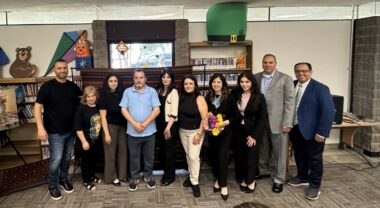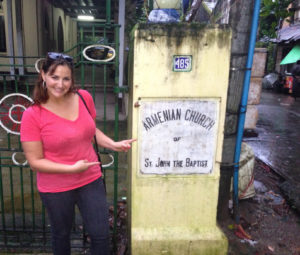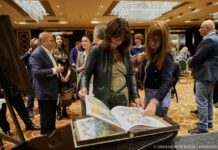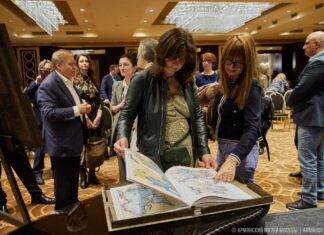YANGON, Myanmar — Myanmar is not the first destination that comes to mind while planning a vacation. It does not have the breathtaking skyline of Hong Kong or the amazing beaches of Thailand. It does not have the cultural gravitas of Paris or London. Until a friend had mentioned it, I had never thought much about Myanmar before and certainly never considered a visit. But proximity and coincidence brought me there in September.
It was a once-in-a-lifetime trip and one that I will never forget.
Before my trip to Yangon, while visiting Hong Kong, a colleague gave me a book about Sir Paul Chater, an Armenian businessman known as the father of modern Hong Kong. He was a legend. Ask anyone in Hong Kong today about Lord Chater, and they will know. Chater Street, one of the longest in Hong Kong, is named in his honor as well as Chater Garden and Chater House. This is a source of pride for me and should be for all Armenians. A self made multi- millionaire who was an orphaned immigrant from Calcutta, he epitomized the rags-to-riches story we see in the movies. His story is much like many of our own ancestor’s stories.
Lord Chater’s success is especially meaningful to me, as my great grandparents escaped Turkey during the Genocide and lived in Manzhoulli, China until 1947. My grandmother was born and raised in China, was fluent in Mandarin and was as much Armenian as she was Chinese. So our history, the history of Armenians in Asia, is even more significant to me given my family background.
In the book about Lord Chater, I was surprised and delighted to find a picture of the Armenian Church in Yangon, Myanmar (formerly Rangoon, Burma.)









